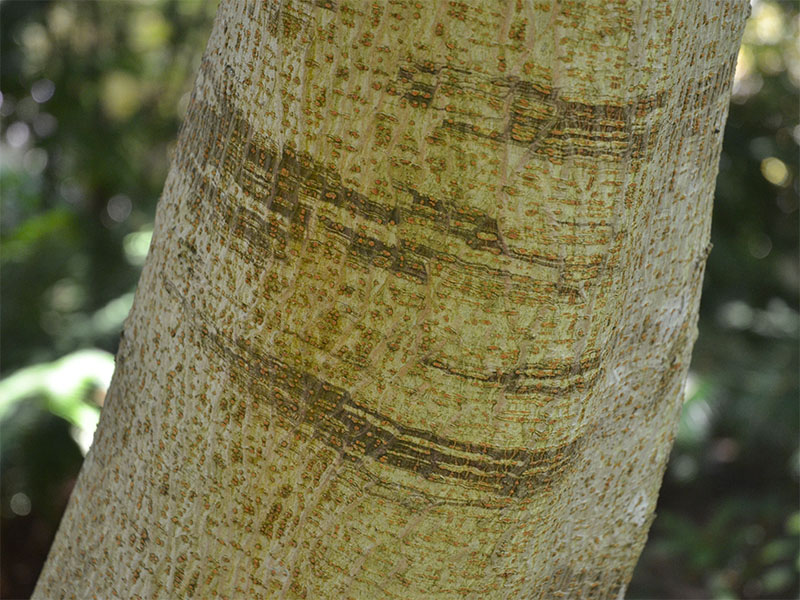
Woody > Broussonetia > Broussonetia papyrifera > Broussonetia papyrifera
Broussonetia papyrifera
Paper Mulberry
Origin: China and Japan.
| Family |
| Moraceae |
| Genus |
| Broussonetia |
| Species |
| papyrifera |
| Category |
| Woody |
| Type |
| Tree (deciduous), Shrub (deciduous) |
| USDA Hardiness Zone |
| 6 - 9 |
| Canadian Hardiness Zone |
| 5b - 8a |
| RHS Hardiness Zone |
| H3 - H7 |
| Temperature (°C) |
| -23 - (-1) |
| Temperature (°F) |
| -10 - (-30) |
| Height |
| 12 - 16 m |
| Spread |
| 10 - 14 m |
Photographs
Description and Growing Information
Flowering Period
| General Description |
| A fast-growing dioecious tree. |
| Landscape |
| Used as a shade tree or street tree in some areas, but females may become invasive. |
| Cultivation |
| Grow in full sun in a rich, moist, well-drained soil. Will tolerate a wide variety of soil types, as well as a wide range of moisture conditions and pollution. |
| Shape |
| Broad rounded crown. |
| Growth |
| Fast |
| Pests |
| Canker, leaf spot and root rot may cause problems. |
| Bark/Stem Description |
| The bark is grey, becoming furrowed and changing colour slightly to grey-brown as the tree matures. |
| Leaf Description |
| Leaves are up to 20 cm long, dull green in colour, with a variable shape, turning a pleasing yellow-green in autumn. |
| Flower Description |
| Flower are pale green, with males appearing in catkins 7.5 cm and females appearing in rounded flower heads. |
| Fruit Description |
| Fruit only appears on female trees, are reddish-purple to orange in colour and aggregate in balls. The fruit is a favourite of wildlife. |
| Notable Specimens |
| Westonbirt, The National Arboretum, Tetbury, Gloucestershire, England. |
| Propagation |
| Propagate by seed. |
| Ethnobotanical Uses (Disclaimer) |
| The bark has been used to make paper, and the inner bark to make barkcloth. |
